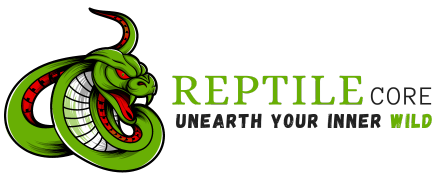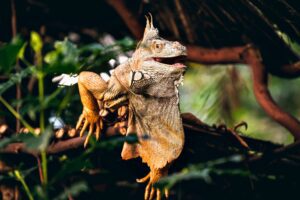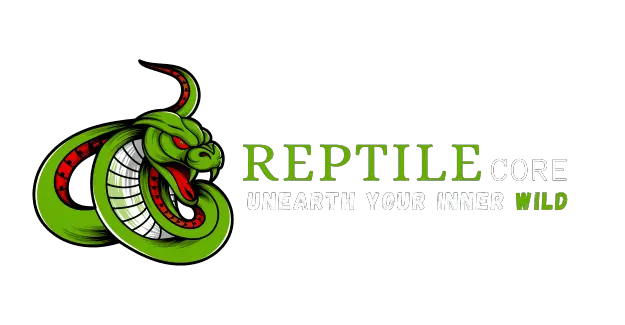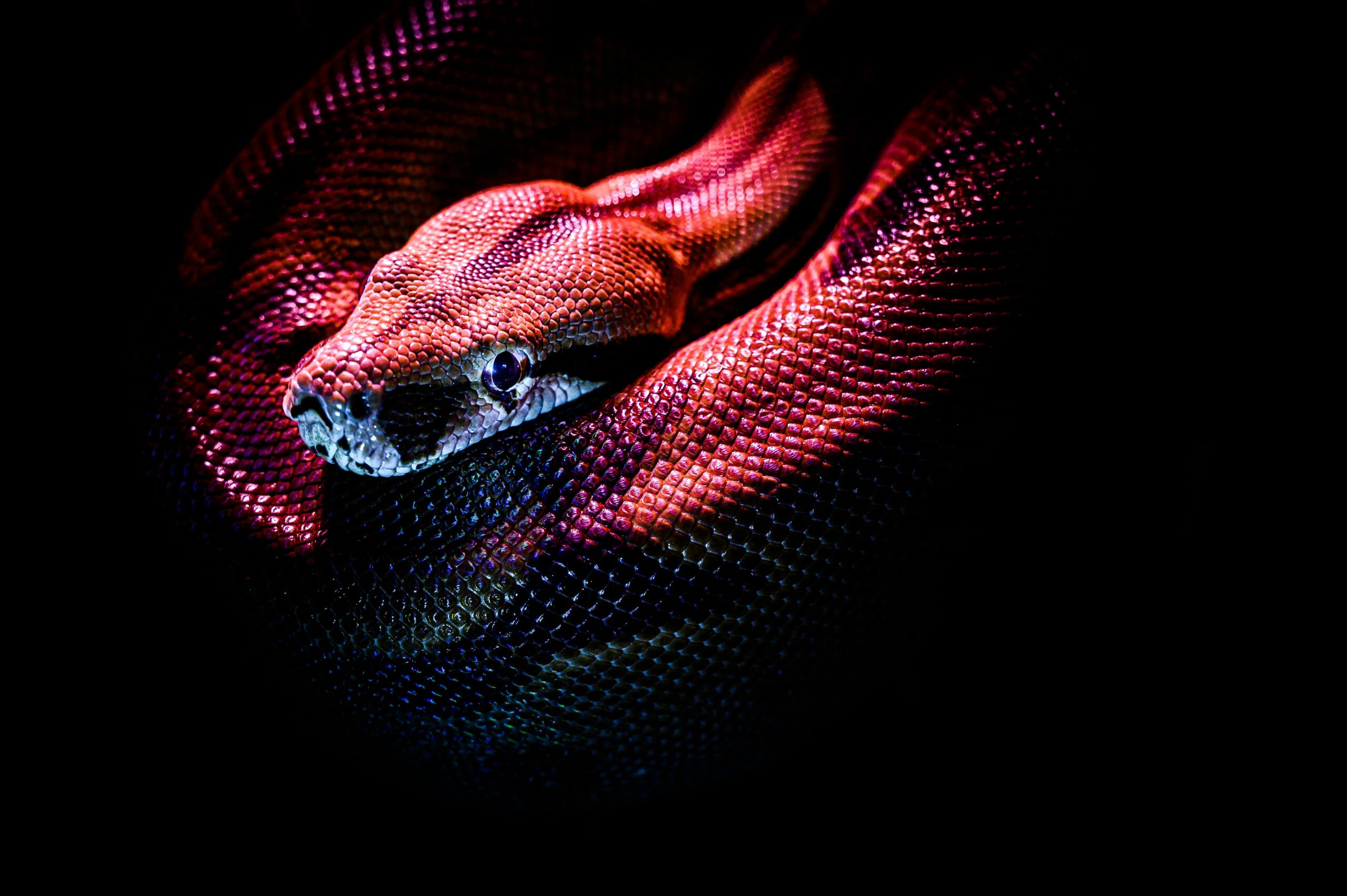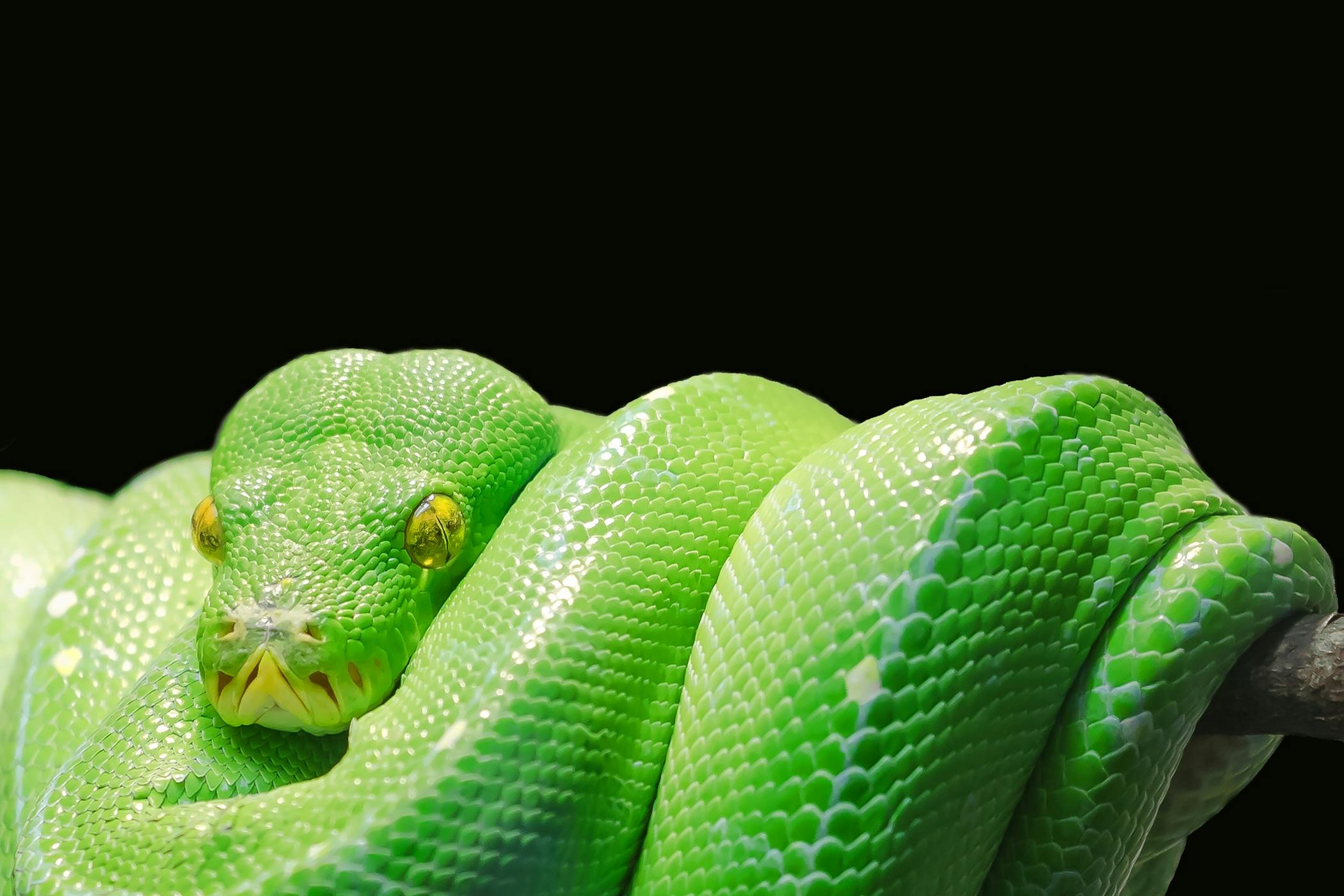Bearded Dragon Care Guide
Published: January 22, 2021
This care guide serves as a brief introduction to the care of these captivating reptiles. Prior to deciding to include a bearded dragon in your family, it is advisable to refer to various informative books and websites, and consult with your veterinarian or veterinary nurse.
Species Information:
Bearded Dragons, specifically the Inland Bearded Dragon (Pogona vitticeps), are commonly kept as pets. Originating from Australia, they are also known as Central or Yellow-headed Bearded Dragons.
Natural Environment:
In their natural habitat of arid woodlands and deserts in central Australia, Inland Bearded Dragons spend their waking hours in bushes, trees, and basking on rocks. They are diurnal omnivores, foraging for insects, small lizards, mammals, fruit, flowers, and other plant material during the day.
Physical Characteristics:
Bearded Dragons display a wide range of colors. The distinctive ‘beard’ in the throat region can be flared out when the dragon feels threatened. Their flattened appearance includes spines on the throat, sides of the head, and body, with a wedge-shaped head and a tail almost as long as the body. Sexual differences become apparent in adulthood, with males having larger heads, darker beards, and larger femoral pores.
Habitat:
Enclosure: Vivaria (glass-walled or fronted enclosures) are commonly used. If wood is used, it should be properly sealed for easy cleaning. Avoid direct sunlight to prevent overheating. Ensure a secure and well-ventilated environment. The enclosure should ideally be as large as possible, with a minimum size of 4ft x 2ft x 2ft for 1-2 adults.
Download the Caresheet |
Substrate:
Choose an ideal substrate that is inexpensive, aesthetically pleasing, easily cleaned, absorbent, and digestible if swallowed. Suitable substrates include flat newspaper, brown wrapping paper, reptile matting, or cork and slate tiles. Avoid harmful materials like cedar shavings, gravel, crushed corn cob, and certain types of potting soil.
Landscaping and ‘Furniture’:
Provide secure branches for climbing and basking. These should be clean, non-toxic, and of various sizes. Flat-bottomed, smooth rocks can help wear down toenails. Create hiding spots with items like cardboard boxes, tubes, or flower pots, ensuring a snug fit and placing them high in the enclosure. If the dragon doesn’t use a hiding place, try alternatives or change the location, and consider offering more than one hide.
Plant Selection for Enclosure Enhancement:
Incorporating suitable plants into the enclosure serves various purposes, including providing humidity, shade, and a sense of security. Dracaena, Ficus benjamina, and hibiscus are excellent choices due to their non-toxic nature. Prioritize plants that have not been treated with pesticides, and ensure the potting soil is free from vermiculite, pesticides, fertilizer, or wetting agents. To eliminate potential toxins, consider washing the plant with a water spray and watering it thoroughly before introducing it to the enclosure. It is also advisable to keep purchased plants in a separate part of the house for a period before placing them in the enclosure. Edible plants can be cultivated specifically for consumption by the dragon.
Temperature Regulation:
Bearded Dragons, originating from arid woodland and desert environments, rely on supplemental heat for proper bodily functions and digestion. Maintain temperatures between 78-88°F during the day and in the 70s at night. A temperature gradient is essential, allowing the dragon to move to warmer or cooler areas as needed.
Primary Heat Source
Employ ceramic infrared heat emitters or panels, or a series of incandescent lights, to maintain overall cage temperature. Ensure the use of a good-quality thermostat for automatic regulation.
Secondary Heat Source
Utilize a secondary heat source covering 25-30% of the enclosure surface to create a temperature gradient. ‘Basking lights’ can also be used, with the basking area temperature set at 95-100°F. Control the heat with a thermostat to maintain the correct range.
Lighting Requirements:
Visible White Light
Incandescent bulbs provide visible white light, while a combination of fluorescent and incandescent fixtures ensures coverage throughout the enclosure.
Ultraviolet Light (UV)
Bearded dragons require access to natural sunlight for UVB, essential for Vitamin D synthesis. On sunny days above 70°F, allow the dragon outdoors in a secure cage. When sunlight is unavailable, use specialized lights emitting UVB in the 290-320 nanometer range. Replace these UVB sources every 6 months. Note that UV light cannot penetrate glass, so if overhead UVB light sources are used, the enclosure’s top must be a wire mesh.
Ensure the areas illuminated by incandescent basking lights and UV lights overlap, promoting the dragon’s optimal exposure to both light sources.
Water and Humidity:
While Bearded Dragons primarily obtain water from their food, it’s essential to provide fresh drinking water at all times in a stable, shallow bowl. Adequate humidity is crucial for proper shedding, especially in low-humidity conditions during winter. Regularly mist the dragon with water to maintain optimal humidity. Some dragons may enjoy soaking in a water tub, ensuring easy access. Clean and replace the water container regularly, as dragons may eliminate in the water, and immersion aids in treating constipation.
Hygiene:
Routine cleaning of the cage, food, and water bowls is crucial. Bearded dragons can carry Salmonella and other harmful bacteria, requiring careful handwashing after handling. Individuals with certain vulnerabilities, such as children, the elderly, pregnant, or unwell individuals, should avoid direct contact with dragons or contaminated materials. Seek prompt medical attention if any health concerns arise.
Multiple Dragons:
Reptiles can be territorial, potentially leading to aggression when caged together. While a male and female can coexist, monitor for aggressive behavior, especially during the breeding season. Larger cages reduce aggression, but close observation is necessary, and separation may be required if aggression occurs.
Temperament and Handling:
Bearded dragons generally have a calm demeanor, with adults often enjoying human company. Though hatchlings may be skittish, adults are curious and explorative. Handling involves gently scooping up the dragon by placing a hand under its abdomen, ensuring a secure grip.
Behavior and Body Language:
Understanding dragon behavior is key. Behaviors like beard puffing, gaping, head bobbing, and leg waving indicate various emotions, from dominance to submission. These cues provide insights into the dragon’s state of mind.
Reproduction:
Bearded Dragons reach sexual maturity between 8 and 18 months, with females laying around 20 eggs if fertile. Eggs hatch in 55-75 days, and additional calcium is crucial during egg laying.
Diet:
As omnivores, Bearded Dragons require a balanced diet. Hatchlings focus on small insects, transitioning to more greens as they grow. The diet shifts to 80% vegetables and 20% insects for juveniles, ultimately becoming mostly vegetable-based by 18 months. Offer a variety of insects, coated with calcium, and “gut-loaded” for optimal nutrition.
Vegetation:
Include green leafy vegetables as the primary plant matter in the diet. Other vegetables can be added, with fruits constituting the smallest portion. Shred or tear vegetables and fruits into small pieces to encourage varied consumption. Ensure food particle sizes are proportional to the dragon’s size to prevent malnourishment and digestive issues.
Download the caresheet for Bearded Dragon |
Veterinary Care:
While attentive husbandry and proper nutrition can prevent many health issues in bearded dragons, they are susceptible to various health problems, much like any other pet. Bearded dragons often hide signs of illness, making it crucial to seek prompt veterinary advice if you notice any concerns.
Common issues to watch for include weight loss, diarrhea, retained skin around the head, eyes, and digits, as well as loss of appetite or constipation. If worried, consult your vet, who can provide guidance and address any questions you may have.
Rather than waiting for problems to arise, consider scheduling regular check-ups for your bearded dragon, similar to routine visits for dogs or cats. This proactive approach allows early detection and management of potential health issues.
Pet Insurance:
Pet insurance is available for bearded dragons, offering financial support without adding to the stress of caring for a sick pet. Having insurance ensures that financial concerns won’t hinder providing necessary care for your bearded dragon.

Recent Posts
- All Post
- care sheets
- guide
- Lizards
- snakes
- Uncategorized
- Back
- Mourning Gecko
- Sandfish skink
- Tegu
- Ackie Monitor lifespan
- Bearded dragon
- Blue Tongue Skink
- Crested Gecko
- Gargoyle Gecko
- Jackson's Chameleon
- Leopard Gecko
- Back
- Ball Python
- Black Rat Snake
- Corn Snake
- Gila Monster
- kenyan sand boa
- Milk Snake
- Back
- lizardscs
- snakescs
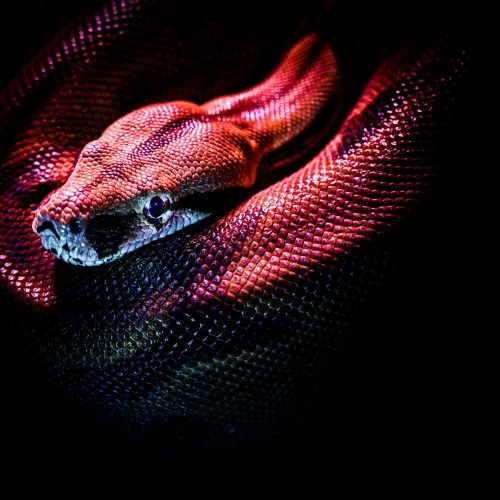
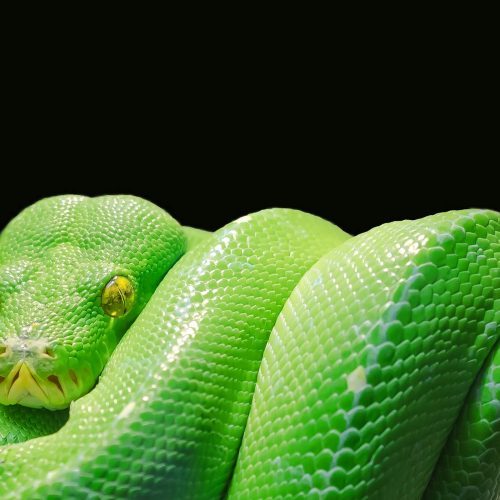
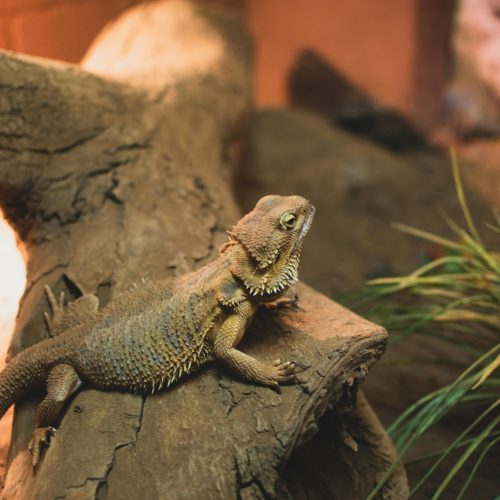
Address
215 Woodland Ave. Manchester, NH 03102
